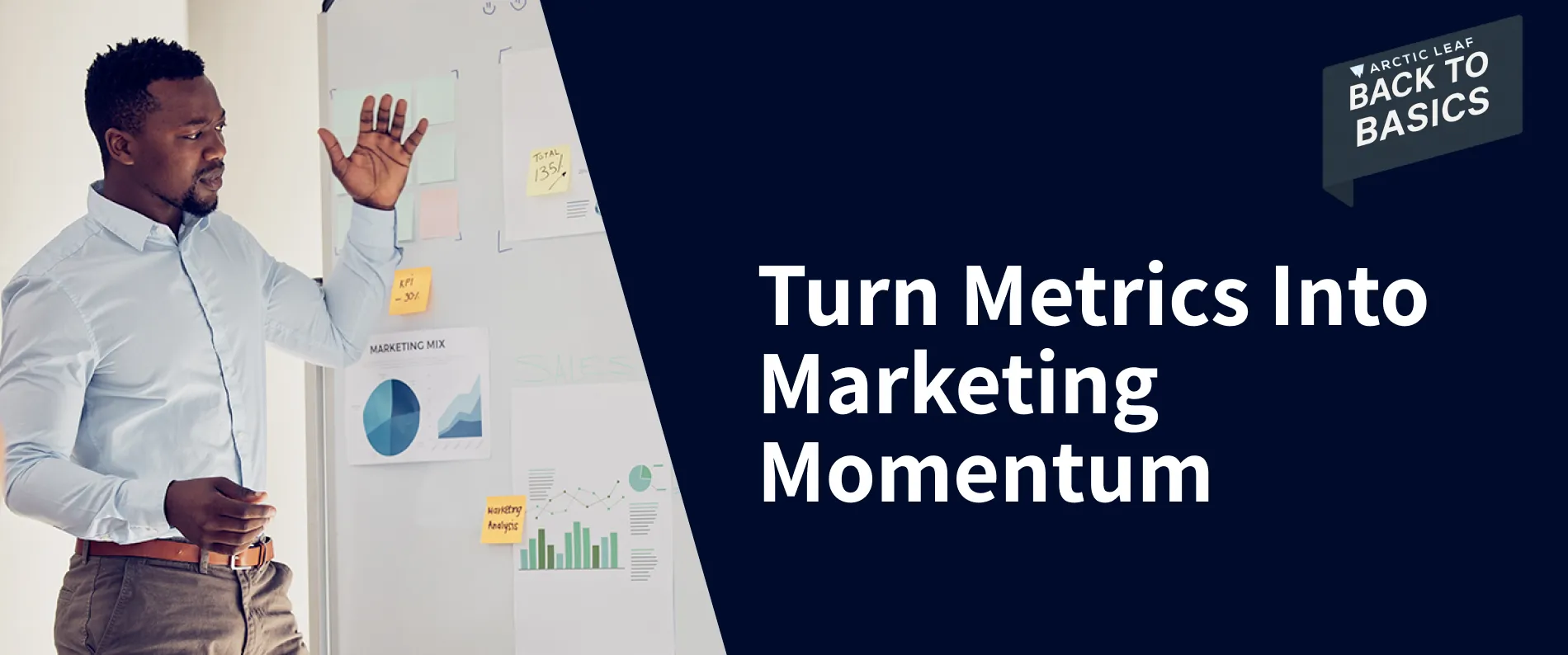What is a KPI? A Complete Guide for Marketers
Key Takeaways
-
KPIs are measurable metrics that track marketing performance.
-
Conversion rate, CTR, and bounce rate are key digital marketing KPIs.
-
CAC shows how much you spend to gain each new customer.
-
NPS measures customer loyalty and long-term satisfaction.
-
ROAS helps track the effectiveness of paid marketing campaigns.
What is a KPI? A Complete Guide for Marketers
Marketing without measurement is guesswork. Tracking the right numbers keeps your campaigns on target and your budget well spent. That’s where marketing KPIs come in. These performance indicators show whether your strategies are working and where you need to adjust. Without them, you’re running blind!
Successful marketers use KPIs to track everything from ad performance to customer retention. The right KPIs help you identify winning tactics, spot inefficiencies, and make smarter decisions. But what are KPIs, exactly? Let’s break it down.
KPI Meaning & Definition
So, what is KPI? A KPI, or Key Performance Indicator, is a measurable value that reflects progress toward a specific goal. Your KPI definition will depend on your business objectives—whether that’s increasing sales, improving engagement, or lowering costs. Without KPIs, there’s no way to know if your marketing efforts are paying off.
For example, if your goal is to grow online sales, you might define KPIs through conversion rate, average order value, and return on ad spend. If you’re focused on brand awareness, you’ll want to track impressions, social engagement, and share of voice.
Types of Digital Marketing KPIs
Not all KPIs are the same. Different metrics matter for different strategies. Here are some digital marketing KPIs you need to track:
Conversion Rate
Conversion rate measures the percentage of users who complete a desired action—whether that’s making a purchase, signing up for a newsletter, or filling out a form. A high conversion rate means your marketing efforts are working. If your rate is low, consider testing different headlines, calls to action, or page layouts to boost results.
Industry benchmarks can give you a general sense of your conversion rate performance, though these numbers vary significantly depending on your sector. The average global e-commerce conversion rate in 2025 hovers between 2% and 4%, but this can fluctuate based on your industry, audience, and type of product. For example, luxury goods tend to have lower conversion rates, while subscription services may see higher rates.
How to calculate it: Conversion Rate = (Conversions / Total Visitors) × 100
Click-Through Rate (CTR)
CTR tracks how many people click on your ads, emails, or search results. A low CTR signals weak messaging, while a high one means your content is compelling. To increase your CTR, test different ad copy, images, and audience targeting.
In eCommerce, CTR measures how well your content attracts potential customers. The average CTR typically falls between 0.51% and 2.69%, depending on factors like product type, target audience, and overall marketing strategy. If your CTR is on the lower end, refining your messaging and visuals can help increase engagement.
How to calculate it: CTR = (Clicks / Impressions) × 100
Bounce Rate
Bounce rate tells you how many visitors leave your site after viewing just one page. A high bounce rate suggests that users aren’t finding what they expected—or that your page isn’t engaging enough. Improving page speed, updating content, and optimizing for mobile can help lower bounce rates.
The average bounce rate across all industries is 55.43%, but it varies depending on the type of website. E-commerce sites tend to have lower bounce rates, averaging around 47%, as users are often browsing multiple products before making a purchase. In contrast, blogs typically see much higher bounce rates, often between 70-90%, since visitors may leave after reading a single article.
How to calculate it: Bounce Rate = (Single-Page Sessions / Total Sessions) × 100
Customer Acquisition Cost (CAC)
Customer acquisition cost measures how much you spend to gain a new customer. To calculate it, divide your total marketing expenses by the number of customers acquired. Lowering CAC while maintaining quality leads means better profitability.
The average CAC for eCommerce businesses is around $69.92, though it varies by industry. Jewelry and medical sectors tend to have higher CACs, while food and household goods are on the lower end. Understanding where your industry falls can help set realistic targets for reducing costs.
How to calculate it: CAC = Total Marketing Spend / Number of New Customers
How to Calculate & Use KPIs Effectively
Defining KPIs is one thing—using them is another. Here’s how to make your KPIs work for you:
-
Set specific goals. Every KPI should align with a clear business objective.
-
Benchmark your performance. Compare your KPIs to industry standards or past performance.
-
Analyze trends, not just numbers. Look at how your KPIs change over time to spot patterns.
-
Test and optimize. If a KPI isn’t improving, experiment with different strategies to find what works.
Tracking KPIs means gathering data and using it to make informed decisions. Then, by refining your approach, you will achieve stronger results.
How Net Promoter Score (NPS) Fits into Your KPI Strategy
Your net promoter score measures customer loyalty. NPS revolves around a straightforward question: “How likely are you to recommend our brand to others?” It offers valuable insights into customer satisfaction and brand perception over the long term, making it an essential part of your marketing KPIs. A low NPS suggests you may need to upgrade your customer experience, while a high NPS means customers are more likely to refer others to your brand.
ROAS Formula & Why It Matters for PPC Campaigns
ROAS, or Return on Ad Spend, is critical for paid marketing.
The ROAS formula is simple: ROAS = Revenue from Ads ÷ Cost of Ads
A ROAS above 1 means you’re making more than you’re spending. Higher is better, but the right target depends on your industry and profit margins. If your ROAS is too low, consider adjusting your bidding strategy, increasing ad relevance, or adjusting audience targeting.
Optimizing Your KPIs with Arctic Leaf
Knowing what KPIs are is just the start. Tracking, analyzing, and optimizing them is where real growth happens. If you need a data-driven approach to boost your digital marketing KPIs, Arctic Leaf can help. Our team specializes in optimizing strategies, maximizing ROAS, and lowering customer acquisition costs. Let’s make your marketing work smarter. Contact us today to get started.





